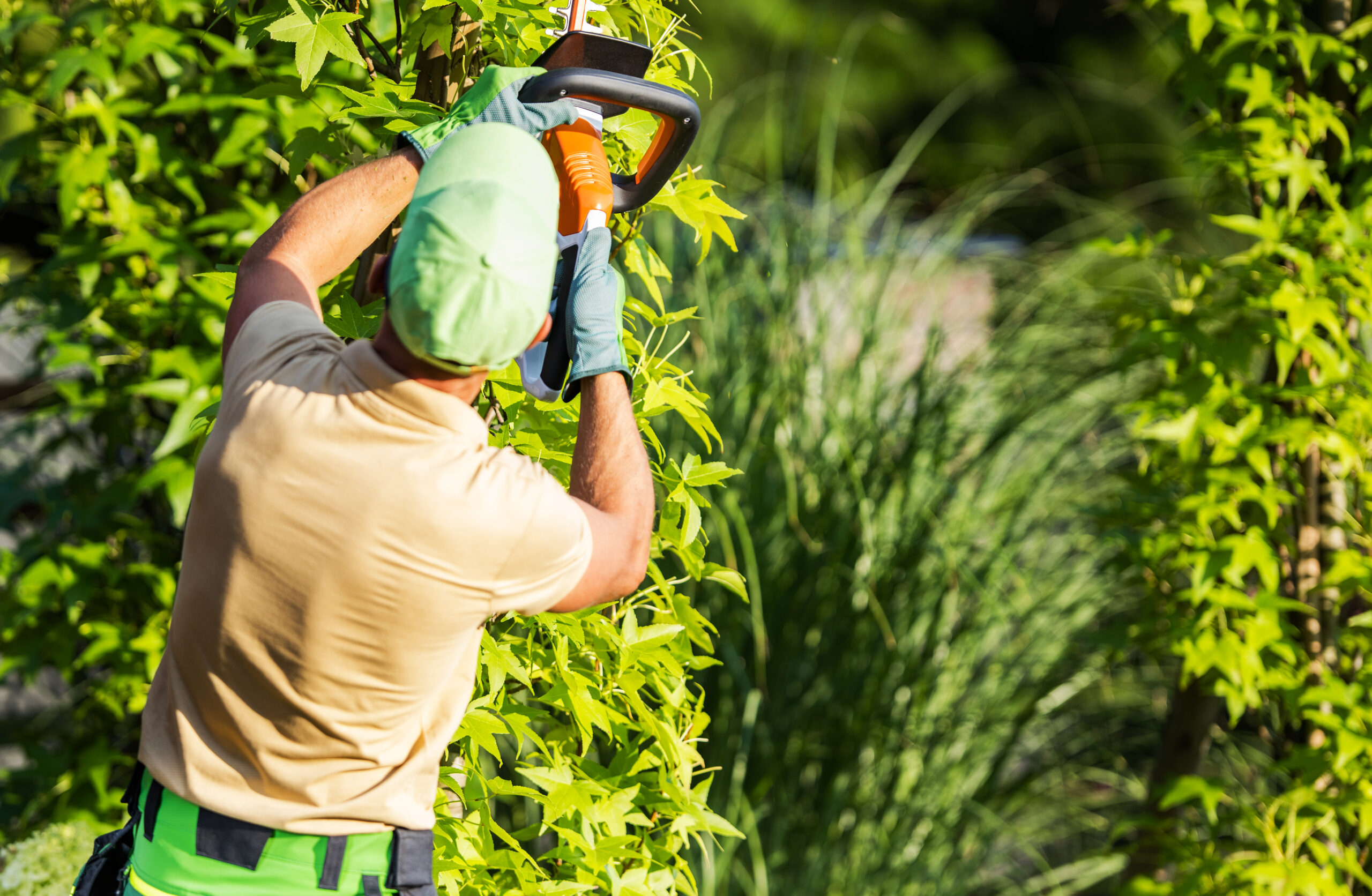When it comes to hiring a tree removal service, understanding liability is essential. You may wonder if a contract is necessary to cover potential damages. This article aims to provide clarity on this matter.
Tree removal can be a complex and potentially risky task. There are various types of damages that can occur during the process, including property damage, personal injury, and damage to neighboring trees or structures. It is crucial for both the client and the tree removal service to have a clear understanding of their responsibilities and liabilities.
Having a contract in place can help establish these expectations and protect both parties involved. A well-drafted contract should outline the scope of work, the agreed-upon price, and any insurance requirements. It should also specify who is responsible for any damages that may occur during the tree removal process.
By having a contract, both the customer and the tree removal service can feel secure in their agreement. It ensures that any damages will be addressed appropriately and that everyone is on the same page regarding liability. Without a contract, disputes may arise, and it can be challenging to determine who is responsible for any damages that occur.
During the tree removal process, various types of damages can occur. These damages can have significant financial implications and potentially lead to legal disputes. Understanding the potential risks can help both the client and the tree removal service take necessary precautions and mitigate any potential damages.
One of the most common types of damages is property damage. When a tree is being removed, there is a risk of falling branches or debris damaging structures, vehicles, or other personal property. Additionally, the removal process itself can cause damage to lawns, gardens, or other landscaping features.
Personal injury is another potential risk during tree removal. Falling branches or equipment malfunctions can lead to serious injuries, both for the workers and bystanders. It is crucial for the tree removal service to have proper safety protocols in place and for the client to ensure that the service has adequate insurance coverage.
Lastly, damage to neighboring trees or structures is a concern during tree removal. Trees are often in close proximity to other trees, buildings, or fences. Care must be taken to avoid causing damage to surrounding vegetation or structures during the removal process.
Liability insurance is an essential aspect of any tree removal service. It provides financial protection in the event of damages or injuries during the tree removal process. It is crucial for both the client and the tree removal service to understand the insurance coverage in place and how it applies to their specific situation.
The tree removal service should have liability insurance that covers both property damage and personal injury. This insurance should provide adequate coverage limits to ensure that any damages or injuries can be properly compensated. It is important for the client to request proof of insurance from the tree removal service and verify that it is up to date.
It is worth noting that liability insurance may not cover damages to neighboring trees or structures. In some cases, additional coverage may be required to protect against these specific risks. It is essential for both parties to discuss these concerns and determine if additional insurance coverage is necessary.
A well-drafted tree removal contract should include several key elements to protect both the client and the tree removal service. These elements ensure that expectations are clear and that both parties understand their rights and responsibilities.
Firstly, the contract should clearly outline the scope of work. It should specify the trees to be removed, any additional services required (such as stump removal or debris cleanup), and the timeframe for completion. This ensures that both parties have a clear understanding of what is expected.
The agreed-upon price should also be included in the contract. This includes any fees for additional services or potential extra charges that may arise during the tree removal process. It is essential to have a clear understanding of the total cost before the work begins to avoid any surprises or disputes later on.
Insurance requirements are another crucial element of a tree removal contract. The contract should specify the minimum insurance coverage that the tree removal service must have, including liability insurance and workers’ compensation coverage. This protects the client from potential liability in the event of accidents or injuries during the tree removal process.
Lastly, the contract should clearly outline the responsibilities and liabilities of both parties in the event of damages. It should specify who is responsible for any property damage, personal injury, or damage to neighboring trees or structures. This helps avoid disputes and ensures that any damages are appropriately addressed.
Having a contract in place can provide significant protection for both the tree removal service and the client. It establishes clear expectations and responsibilities, minimizing the risk of disputes and potential legal issues.
For the tree removal service, a contract ensures that they are paid for their services and any additional work or expenses incurred during the process. It also protects them from unfounded claims or disputes regarding damages or injuries. If any issues arise, the contract provides a clear reference point to resolve the dispute.
For the client, a contract provides assurance that the tree removal service will fulfill their obligations and complete the work to the agreed-upon standards. It also ensures that any damages or injuries will be appropriately addressed and compensated. The contract serves as a legal document that both parties can rely on in the event of any disputes or issues.
By having a contract, both parties can enter into the tree removal agreement with confidence. It establishes a clear understanding of the expectations and responsibilities, providing protection and peace of mind for both the tree removal service and the client.
There are several common misconceptions about liability in tree removal services that can lead to misunderstandings or disputes. It is important to address these misconceptions to ensure that both parties have a clear understanding of their rights and responsibilities.
One common misconception is that liability lies solely with the tree removal service. While the tree removal service is responsible for any damages or injuries caused by their negligence, the client also has a responsibility to ensure a safe working environment. If the client fails to disclose potential hazards or obstacles, they may share some liability for any resulting damages.
Another misconception is that liability insurance is not necessary for small tree removal services. Regardless of the size of the tree removal service, liability insurance is crucial to protect against potential damages or injuries. Accidents can happen even with experienced and skilled workers, and insurance coverage provides financial protection for all parties involved.
It is also important to note that liability may not be entirely waived even with a contract in place. While a contract can outline the responsibilities and liabilities of both parties, it does not absolve either party from their legal obligations. If negligence or other factors come into play, liability may still be determined by a court of law.
If damages occur during the tree removal process, it is essential to take immediate action to address the situation. Promptly addressing damages can help avoid further complications and ensure that necessary repairs or compensation are provided.
The first step is to document the damages thoroughly. Take photographs or videos of the damages from multiple angles and gather any relevant evidence. This documentation will be crucial when filing an insurance claim or pursuing any legal action.
Next, notify the tree removal service of the damages as soon as possible. Provide them with the documentation and any other relevant information. It is important to maintain open communication and work towards a resolution.
If the damages are significant or the tree removal service is unresponsive, it may be necessary to involve insurance companies or legal professionals. Consult with a lawyer to understand your rights and explore available options for resolving the situation.
Lastly, keep all receipts and records of any expenses related to the damages. This includes repair costs, temporary accommodations, or any other expenses incurred as a result of the damages. These records will be necessary when seeking compensation or reimbursement.
While having a contract is highly recommended for tree removal services, it is worth discussing the legal considerations for those operating without a contract. Without a contract, disputes can arise, and it may be challenging to determine liability or resolve issues that occur during the tree removal process.
Operating without a contract leaves both parties vulnerable to potential legal disputes. In the absence of a contract, it can be difficult to prove the agreed-upon scope of work, the price, or the responsibilities of each party. This can lead to misunderstandings, disputes, and potential financial losses.
Additionally, without a contract, it may be challenging to enforce any warranty or guarantee provided by the tree removal service. A contract typically includes provisions for guarantees or warranties, ensuring that the tree removal service is responsible for any issues that arise within a specified timeframe. Without a contract, it can be challenging to hold the tree removal service accountable for any problems that occur after the work is completed.
In conclusion, having a contract in place is crucial for both the tree removal service and the client. It establishes clear expectations, protects against potential damages, and minimizes the risk of disputes or legal issues.
A well-drafted contract should include key elements such as the scope of work, the agreed-upon price, and insurance requirements. It should also specify the responsibilities and liabilities of both parties in the event of damages or injuries during the tree removal process.
While a contract may not be legally required, it is highly recommended for a tree removal service to have one. It provides protection for both parties involved and ensures that any damages are adequately covered. With a contract in place, both the client and the tree removal service can enter into the agreement with confidence, knowing that their rights and responsibilities are clearly defined.
Understanding liability and the importance of a contract can help ensure a smooth and successful tree removal process. By taking the necessary precautions and having a well-drafted contract in place, both the client and the tree removal service can navigate potential risks and protect themselves from any potential damages or disputes.

